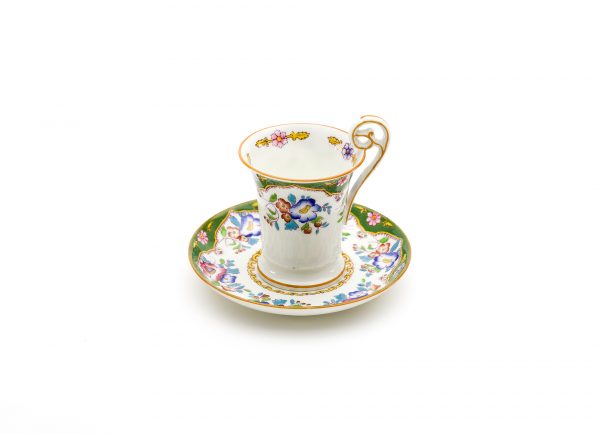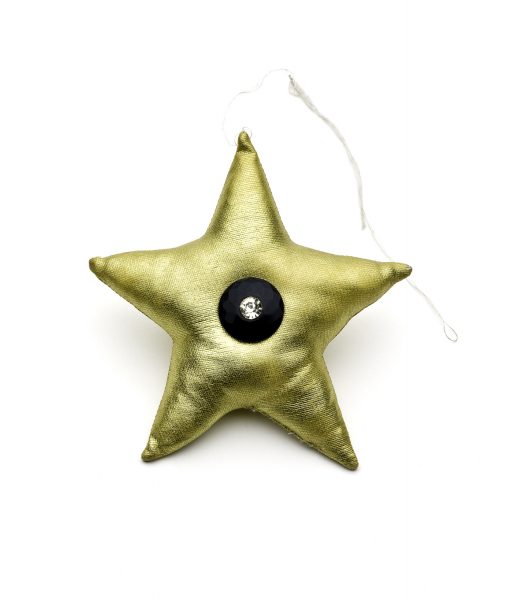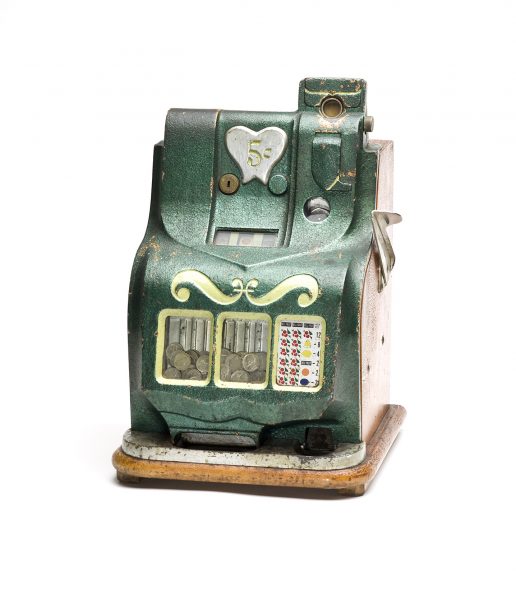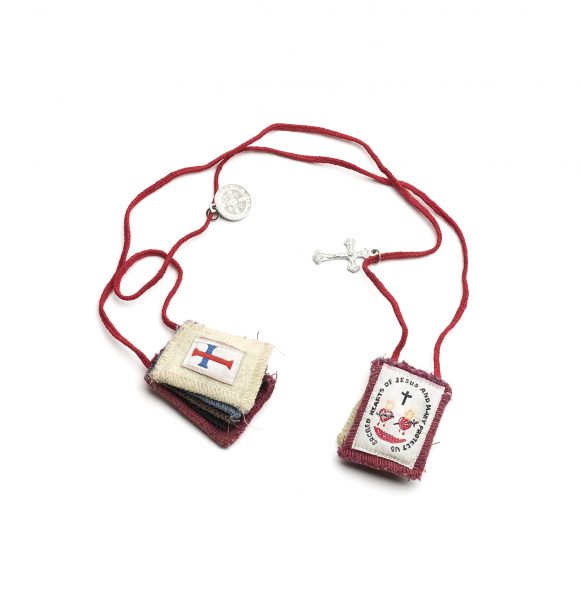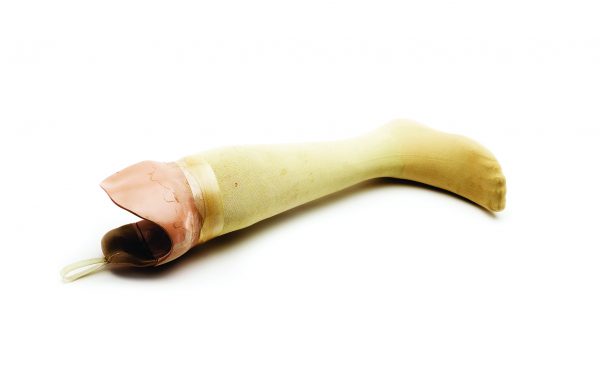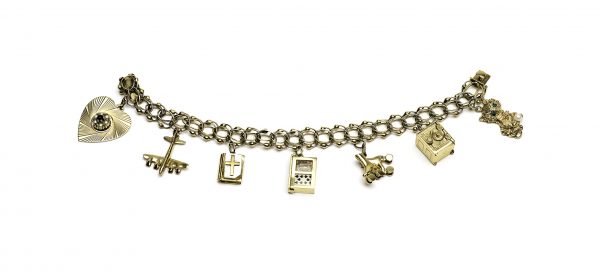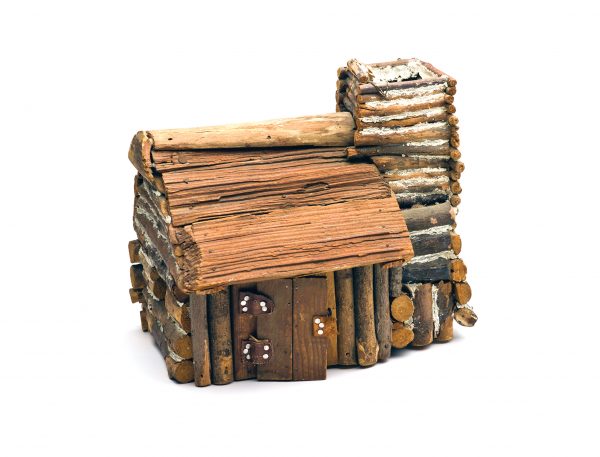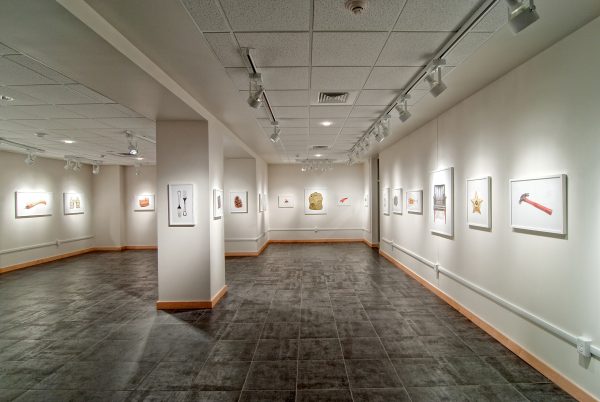
Two artists recently visited Los Angeles to display and talk about their art project that grapples with the complexity of grief. In this time of COVID and quarantine, our grief is more palpable than ever. As we mourn the loss of our previous lives, we also reflect on the loss of loved ones. Jody Servon and Lorene Delany-Ullman have collaborated for over a decade on the cathartic and compelling project Saved: Objects of the Dead. The project is about preservation of legacies through images and language. They talk with West Hollywood’s inaugural Poet Laureate Steven Reigns about their project and past presentation at the West Hollywood Library.
How would you describe Saved: Objects of the Dead?
Jody: Saved is a collaborative project composed of color photographs of material possessions people have saved after the death of a loved one. Each image is paired with a prose poem that Lorene wrote based on interviews with the people who kept each item.
Lorene: We have created over 40 works in this series that have been shown in 30 exhibitions in museums, galleries, libraries and hospitals, and select works have been featured in six publications.
What prompted you to create such a project?
Jody: Saved was conceived after my father and three friends died in the same year. In my immense sadness, I noticed what is left after people die and how these objects hold new meaning. In addition to being an educator and basketball coach, my father bought and sold (mostly bought) antiques and collectibles. With my family, I spent countless early mornings at flea markets, garage sales and antique stores searching for great finds. My father’s love of other people’s stuff taught me to care about the lives of humble and fine objects. While grieving, I talked with people surrounding me who had experienced death and found comfort in sharing the complex realities of our experiences. These conversations led me to borrow objects that friends and colleagues had kept from their deceased loved ones. I brought them into a studio and made photographs that focused on the wear of the items and evidence of human use.
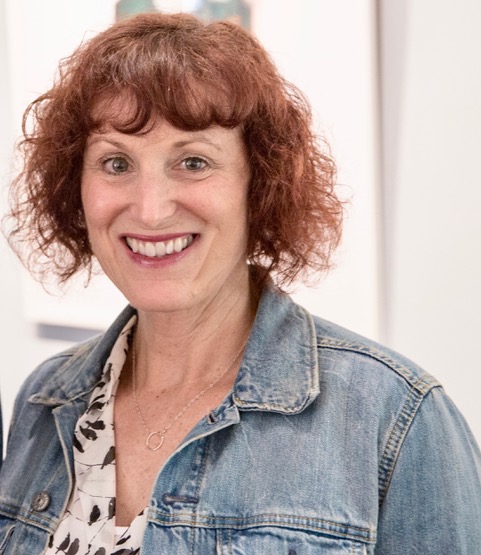
Lorene: Jody lives in North Carolina, and I live in California. We met at the Vermont Studio Center, an artist and writers’ residency, in July 2009. At our residency, it was customary for artists to present their work to fellow artists. During Jody’s five-minute presentation, she displayed the photographs of the objects, and talked about the stories related to those items, and lamented that the stories people told her weren’t reflected in the project. I was not only struck by images, but also by the stories Jody relayed about the objects. After her presentation, I approached Jody and told her I could write those stories–this bold act was out of character for me. I gave her a sample of my work, a prose poem about the murder of my mother-in-law. Our aesthetics matched in that her approach to the images, clean and stark, and my approach to writing, spare and economical, were in sync. Together we devised a list of questions for each participant who lent a saved item, then we interviewed the lenders through email and in person, and asked them to share memories about the person and their item. I used these interviews to write prose poems about the object and the lender’s memories of the deceased. The work is meant to evoke the relationships, experiences, and memories between the objects of the dead, the relatives and friends who saved them, and the deceased.
What has Saved taught you about mourning and remembrance?
Lorene: How can we speak with and about the dead? Art and literature provide a unique view on death, mourning, and remembrance that differs from religion and science. An object of the dead evokes a memory of the deceased person, and sparks a dialogue. We’ve learned there is no prescribed time for loss; everyone grieves differently. The act of sharing the death of a loved one helps mitigate the traditional boundaries that death and mourning affords us, allowing for deeper relationships between us. At previous exhibitions, people have shared intimate stories about their deceased loved ones with us. We have been moved by how brave and frank people have been when sharing the details of their lives and losses.
In addition, my immersion in this project has taught me how to grieve–that may seem odd since grieving is individual to the loss, and to the person experiencing that loss. But working on Saved gave me a preview of what to expect. I didn’t realize this until my father died a little more than a year ago. And then, my perspective on the project changed–I became a much more empathetic person. I had experienced the loss of grandparents at a young age, and the death of my mother-in-law in my early twenties. But I think because of my young age, I didn’t fully process their deaths; I put grief aside, moved on too quickly. The project forced me to look at the aftermath of death straight on, and re-examine my feelings about my mother-in-law’s early death. Then, when my father died, I was more equipped to deal with the array of emotions, the difficulties that the death of one’s parent presents. And in this time of the COVID-19 pandemic, our grief is accentuated by both the tremendous loss of life, and the loss of everything we considered “normal” prior to the shelter in place order. Sometimes it helps to look to art and poetry as a way to remember our humanity.
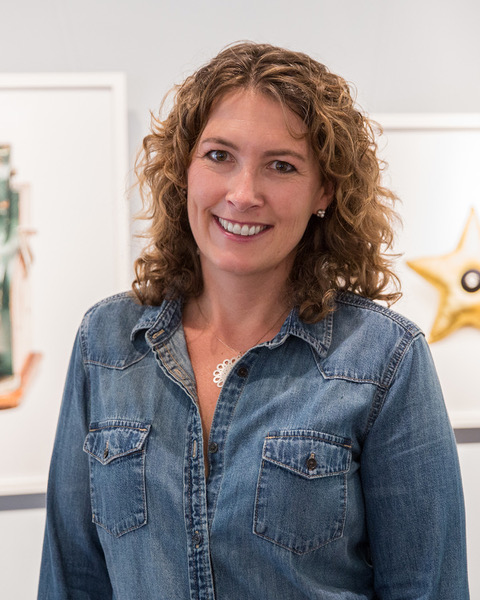
Jody: This project has taught me that mourning and remembrance are on a continuum. Grief evolves and our memories are how we keep people alive. Objects serve as connections to those memories. This project has taught me about the importance we place on memories and how we, the living, are responsible for creating these memories. As a result, I hope that I am more conscious of my actions and behaviors. I have been moved by people’s generosity and willingness to make private details about their lives and experiences public. In recognition of this outpouring, we added an online participatory element to the project allowing us to connect with more people beyond our geographic reach.Anyone can submit photos and text about the items to Saved Objects pages on Facebook and Instagram. We hope to grow this online community to encourage more people to share their remembrances and participate in mourning beyond their immediate community. Grieving can feel isolating, especially now when we are sheltering in place and can’t grieve in the same physical space with others, and we want to provide another way to connect with each other through our memories.
You’ve had such a diverse group of participants. What have been some of the striking similarities and differences?
Lorene: What is compelling is how the similar idea of having to part with a loved one’s things is both sad and stressful. One expects sorrow in mourning and grief, but not, perhaps, the emotional cost of collecting and dispersing a deceased person’s belongings. Paradoxically, objects help us create and maintain a narrative, a material legacy, for the loss of that person. In effect, things provide comfort, but which objects to keep? We can’t hold on to all of our loved one’s material possessions. Choices must be made, and this tension of decision making pervades the project. Another similarity is the importance of smell; the figure of a body left behind in clothing. Our memories are closely tied to the sense of smell. So, to keep a boy scout shirt, a sport coat or an infant’s Christmas outfit for the imprint and odor of a once thriving body was important to some of the participants.
Jody: Some people had a specific item come to mind quickly when asked if they have saved something from a loved one.At our exhibitions and events, people often share stories about how this project reminded them of a loved one and a thing that they held dear. A noteworthy difference and similarity is that some participants saved an object just “to keep,” (like a still working Zippo lighter) while others continue to utilize the objects in their day-to-day lives (paint scraper, hammer). Whether humble items (Wendy’s chili cup, pinecone) or heirloom-like objects (teacup, necklace, pocket watch), the objects differ in size, character, and functionality. The photographs aren’t life-sized re-creations, but vary in scale to reflect that our memories shift over time. his project reveals specific lives lost to murder, cancer, Sudden Infant Death Syndrome and more, but also broadly addresses the roles we inhabit and the intricacies of the relationships we have with each other. This project reinforces that we all have complex lives but our differences are what make us unique.
Jody, you’ve had quite a few other participatory projects. What were some of them and what has been your continual draw to audience engagement?
Jody: My early family life and wide array of jobs from a donut filler, beach badge checker to an oncology unit clerk (and many other jobs) provided me with opportunities to interact with all kinds of people. The wealth of stories I listened to formed my interest in incorporating other people’s experiences into my art practice. I believe that these experiences lead me to create socially engaged projects that afford me opportunities to collect and share other people’s stories. I appreciate the democracy of public spaces and enjoy creating unexpected encounters for strangers so I often work in locations that are free and accessible to all. My practice requires trust in individuals and my projects help me see how we care about each other in simple and, hopefully, profound ways. Two of my current participatory projects are Our Top 100 and My Time is Valuable. Our Top 100 is a community sourced playlist where people share a song and a written memory associated with that song. This past fall, I participated in the public art festival PASEO and created a playlist with people in Taos, N.M. People shared hundreds of songs and their memories of love, loss, travels, sadness, celebrations and so much more. My Time is Valuable is a community-engaged project for women, girls, non-binary and female-identifying people. Participants select a free print with the text “My Time is Valuable,” and share a photograph of themselves with the print on social media. These photographs serve as proof and reminders that we (female-identifying and non-binary people) are to be valued, compensated and treated equitably. People across the globe (from California to India) have contributed photos and I would love to see this work continue to spread as we advocate for equity and equality.
Lorene: What has working in this participatory project taught you and how has it informed your own writing?
Lorene: Our collaboration and the participatory nature of the project have taught me the importance of collaboration, both with Jody (as an artist) and with an audience, and the importance of directly involving the public in that process. As a writer, I work in isolation, alone with my thoughts and my laptop. Of course, as a writer I aim to reach an audience. In my work, I strive to persuade an audience to have an emotional experience, to engage with the words on the page. The Saved project achieves a connection with an audience differently because it involves an audience (the participants) in the process. And with each new exhibition, the viewers, once immersed in the art, frequently share their stories of grief and loss with us. I find this deeply gratifying, and it’s heightened the importance of audience involvement–a hands-on connection that suggests an immediacy and intimacy not typically found in writing since the reader is far removed and distant from the creative process. As a result of working on this project, I am much more aware of the audience, and appreciative of the interplay between the work, the artist/author, and the audience.
What did your presentation entail at the WeHo Library?
Jody: The WeHo library is a phenomenal architectural space and it was an honor to share our work there. We introduced the premise of the project and Lorene did a reading of selected works. We discussed the formation and evolution of our collaboration as artist and author and our collaboration with all the generous people who have shared their objects and memories with us.
Lorene: Plus, we talked about our online project, Saved Objects and the contributions that people have made to our Facebook and Instagram pages. These submissions build what we hope is an enriching collective art experience around the death.
What is artistically next for each of you?
Lorene: I just completed a manuscript of poetry called The Grief Contest, an elegy for my father with narrative threads that also explore eco-grieving for the planet. Although I did not have in mind the scope of the grief we’re experiencing today during the COVID pandemic, there is a global sense of loss in the manuscript that resonates even more now. I am also working on a memoir titled, Sweet Spot: My Life as a Minor League Wife. Nineteen and pregnant, I married my high school sweetheart—a charismatic and gifted athlete who received a baseball scholarship to the University of California, Los Angeles (UCLA); four years later he was drafted by the St. Louis Cardinals. Sweet Spot is the narrative of my life as the young wife of a minor league baseball player during the late 1970s and into the early 1980s. As a coming of age story, the manuscript address not only the domesticity, but also the adventure and tragedy of my minor league life—from food stamps and league championships to murder and divorce. But it’s been difficult to re-examine my young life so long ago during this worldwide health and economic crisis.
Jody: Creating during Covid-19 is challenging. The immense devastation and loss of lives is gut-wrenching. My priorities have shifted to focus more on my family (at home and afar) and my planned artist residency in Iceland was postponed. However, I am continuing work on both aforementioned projects Our Top 100 and My Time is Valuable. I am eager to introduce these projects to new individuals and communities when we can gather in public spaces again. I want to continue to provide platforms for people to connect with each other, in person and online. In February, I completed an artist book about what to do with my body when I die. It is currently locked up in a gallery that is closed due to the pandemic. I am exploring ways to use the text from the book as a script for an audio or video piece. The project resonates differently now that there are thousands of people dying each day from this virus. Daily death counts have become a statistic that is much more present now than when I finished the book two months ago.
Lorene: Also, we want to publish a book about Saved: Objects of the Dead, so we are investigating publishing opportunities. Additionally, we want to continue to exhibit the project and to grow the online community of Saved Objects. Where can others learn more about Saved and about your other work?
Below are images of objects that have been part of the “Saved: Objects of the Dead” exhibition:

